You’ll find Japan’s iconic Mount Fuji straddling Shizuoka and Yamanashi prefectures, with its most photographed southern face visible from Shizuoka. From here, you can explore stunning viewpoints like Tanuki Lake for the famous “Upside Down Fuji” reflection or Nihondaira for panoramic vistas. December and January offer the clearest views of snow-capped peaks, especially during early morning visits. The mountain’s majestic presence is just the beginning of Shizuoka’s natural and cultural treasures.
Meeting Japan’s Icon: Mt. Fuji From Shizuoka’s Perspective
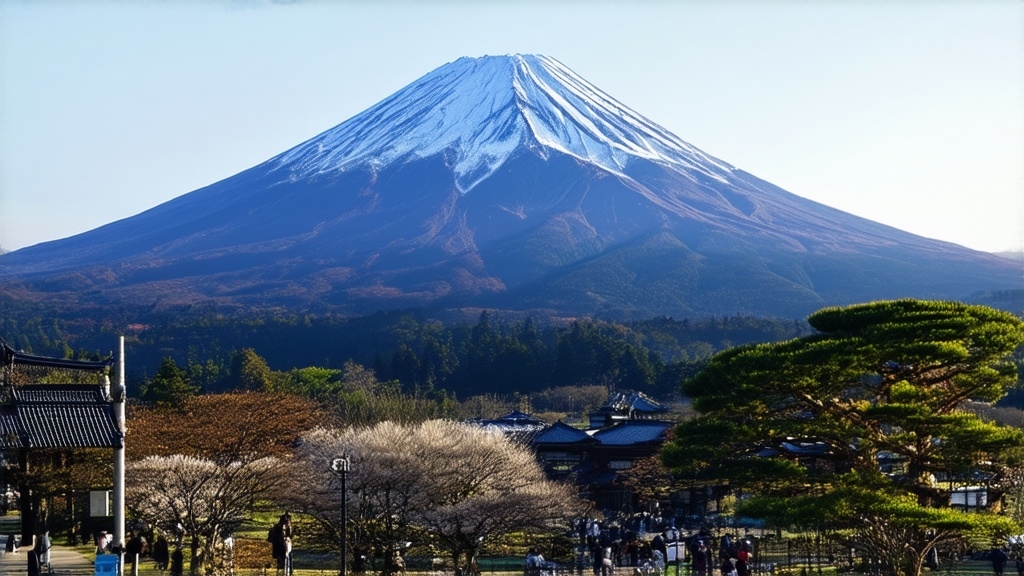

A symbol of Japan’s enduring spirit, Mount Fuji stands majestically between Yamanashi and Shizuoka prefectures, with Shizuoka offering some of the most breathtaking views of this iconic peak.
You’ll find this natural wonder just an hour west of Tokyo by bullet train, making it highly accessible for your exploration. The Hikari train service connects Tokyo directly to Shizuoka Station in about 60 minutes.
From Shizuoka, you can control your viewing experience by choosing from several strategic locations.
Take command of your perspective at Tanuki Lake, where you’ll witness the famous “Upside Down Fuji” reflection, or head to Nihondaira for panoramic views that include
For ideal viewing, plan your visit during winter months, particularly December and January, when clear skies and snow-capped peaks create pristine conditions.
Aim for early morning visits to maximize visibility.
Natural Wonders and Sacred Waters
Beyond Mount Fuji’s majestic silhouette, Shizuoka beckons with natural wonders that showcase Japan’s raw beauty.
At Shiraito Falls, you’ll witness hundreds of cascading waterfalls emerging from a massive cliff face, fed by Fuji’s pristine springwater at an impressive rate of 1.5 tons per second.
You can explore the rugged Jogasaki Coast, where ancient volcanic activity has carved a dramatic 9-kilometer shoreline of igneous rock formations. This stretch of coastline offers breathtaking views from the suspension bridge or tour boats.
For a more secluded experience, venture to Sumata Gorge, where you’ll discover the Yume no Tsuribashi suspension bridge spanning across crystal-clear dam waters.
These sites connect you to the powerful forces that shaped the region, from the Fuji Five Lakes formed by prehistoric lava flows to the untamed waters that continue to shape Shizuoka’s landscape.
Cultural Heritage and Spiritual Significance
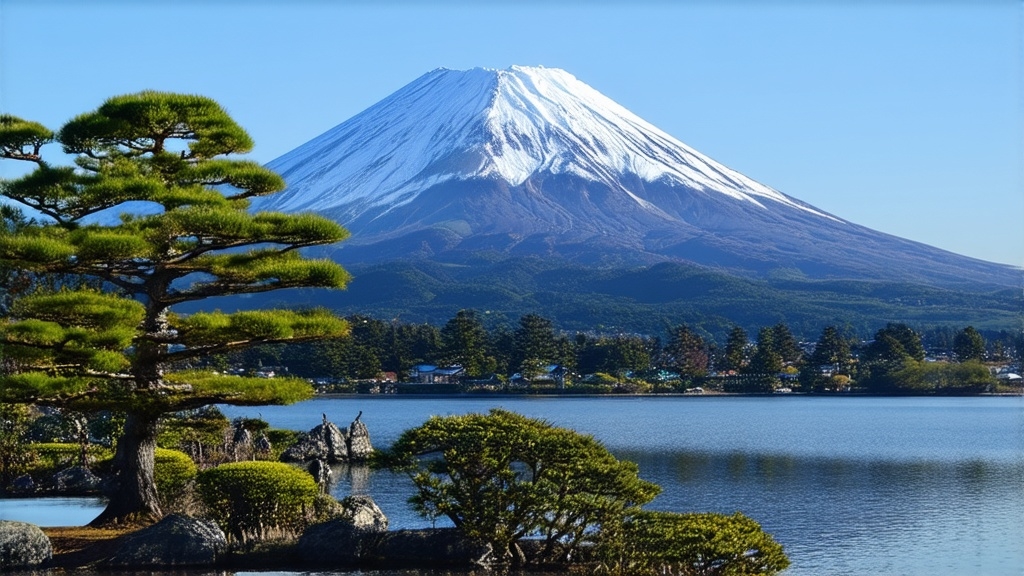

Standing as a tribute to Japan’s spiritual heritage, Mount Fuji earned its place on UNESCO’s World Heritage List in 2013, with 25 culturally significant locations surrounding the iconic peak.
You’ll discover a rich history of worship dating back to ancient times, when locals feared the mountain’s volcanic power and built shrines like Asama to appease its might.
As volcanic activity calmed during the Heian period, Mount Fuji transformed into a center for Shugendo, blending mountain worship with esoteric Buddhism.
You’ll find this spiritual legacy preserved at the Mt. Fuji World Heritage Centre, where you can explore interactive exhibits showcasing the mountain’s cultural impact. The Centre features a unique inverted conical design that mirrors the shape of Mount Fuji itself.
Through masterpieces like Hokusai’s “Great Wave” and the Fuji Mandala, you’ll witness how this sacred peak has shaped Japanese art and spirituality for centuries.
Adventure and Outdoor Activities
Whether you’re seeking thrills or tranquility, Shizuoka’s Mount Fuji region offers diverse outdoor adventures year-round.
You’ll find exceptional hiking opportunities on Mt. Fuji’s trails, including the challenging Fujinomiya Trail to the Seventh Station, while Satta Toge pass rewards you with stunning coastal views.
For water enthusiasts, the Fuji Five Lakes provide ideal conditions for various water sports, and the Izu Peninsula offers world-class scuba diving at its Oceanic Park.
Take control of your adventure by paragliding at Sky Asagiri, or explore the wilderness at Fuji Safari Park, where you’ll encounter animals in their natural habitats. During summer months, visitors can escape to the Asagiri Highland meadows for camping and dairy farm experiences.
Experience the region’s natural wonders at Shiraito Falls, or discover the serene beauty of Lake Tanuki, where you can fish and cycle while enjoying perfect Mt. Fuji reflections.
Getting Around and Transportation Tips
Three main transportation options connect you to Shizuoka’s Fuji region: trains, buses, and private vehicles.
The fastest train route takes you from Shizuoka to Fuji in just 16-25 minutes via the JR Tokaido Line or Shinkansen, with trains running every 15-20 minutes. If you’re headed to Fujinomiya, you’ll need to transfer at Fuji or Shin-Fuji station.
For budget-conscious travelers, the Shizutetsu Bus Network offers a convenient 1-day pass at 1400 yen, covering both railway and bus services. Bell Taxi offers reliable cab service throughout the region.
If you prefer complete control over your schedule, driving takes about 1 hour 37 minutes and costs $11-$18 for fuel and tolls.
For maximum efficiency, combine a train to Shin-Fuji with a taxi to Mount Fuji, reaching your destination in just 1 hour 31 minutes.
Best Times to Visit and Seasonal Highlights
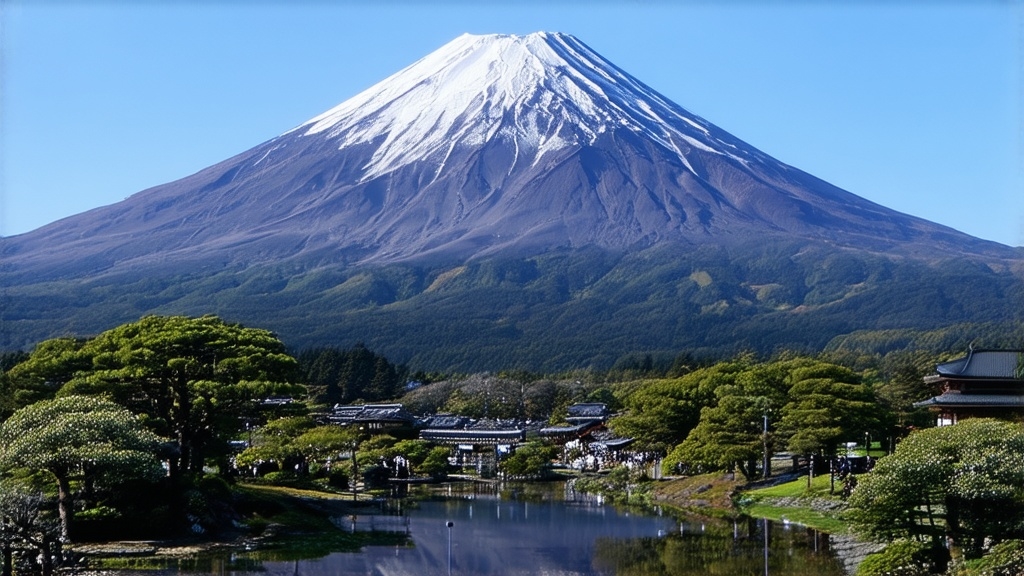

When planning your visit to Shizuoka’s Fuji region, timing can make all the difference in your experience. You’ll get the clearest views of Mt. Fuji during winter months, with December and January offering an impressive 68% chance of full visibility. For ideal viewing, head out around 8 AM when the mountain is most likely to reveal itself.
Each season brings unique opportunities. Winter delivers crisp, snow-capped views, while spring treats you to cherry blossoms set against Fuji’s majestic backdrop. Summer festivals enhance the cultural experience during warmer months.
If you’re aiming to climb the mountain, schedule your trip during the official climbing season from early July to mid-September. For fewer crowds and stunning fall colors, visit during autumn when visibility remains favorable at over 57%.
Avoid June through August if mountain views are your priority, as visibility drops considerably during these months.




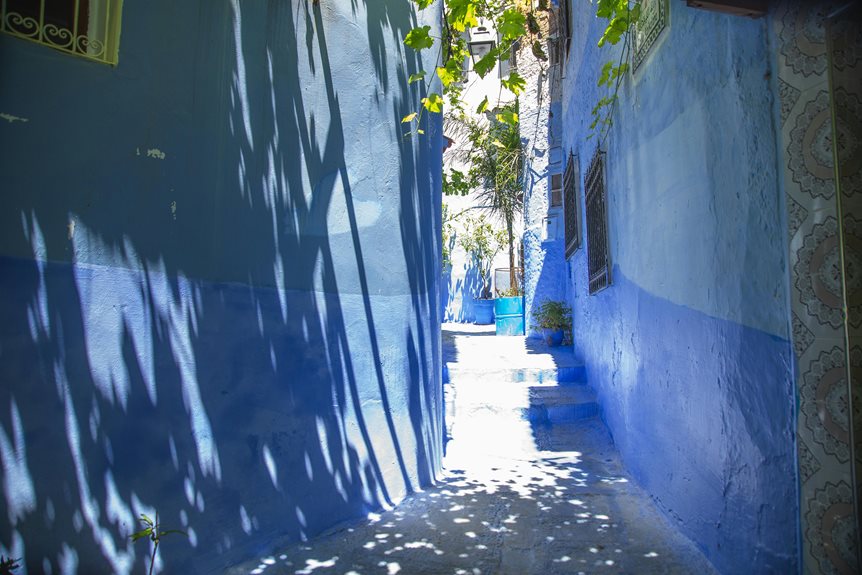
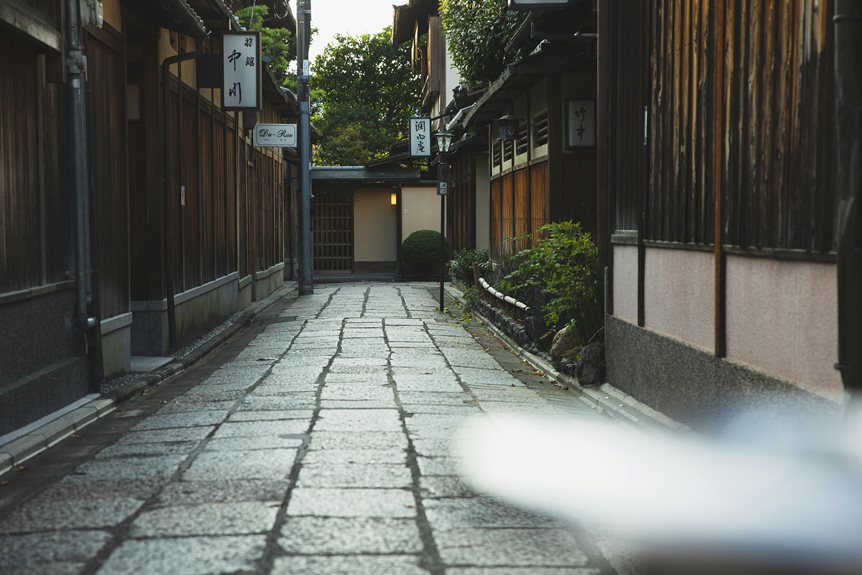

Konnichiwa! (Hello!) I'm Pat Tokuyama, a Japanese tofu cookbook author, who travels for music, food, and adventure. If you like Japanese tea, checkout some of the newestorganic japanese tea, matcha bowls and noren and more!
** Curious about the Plant Based Japanese Cooking Club? ** Learn more here!